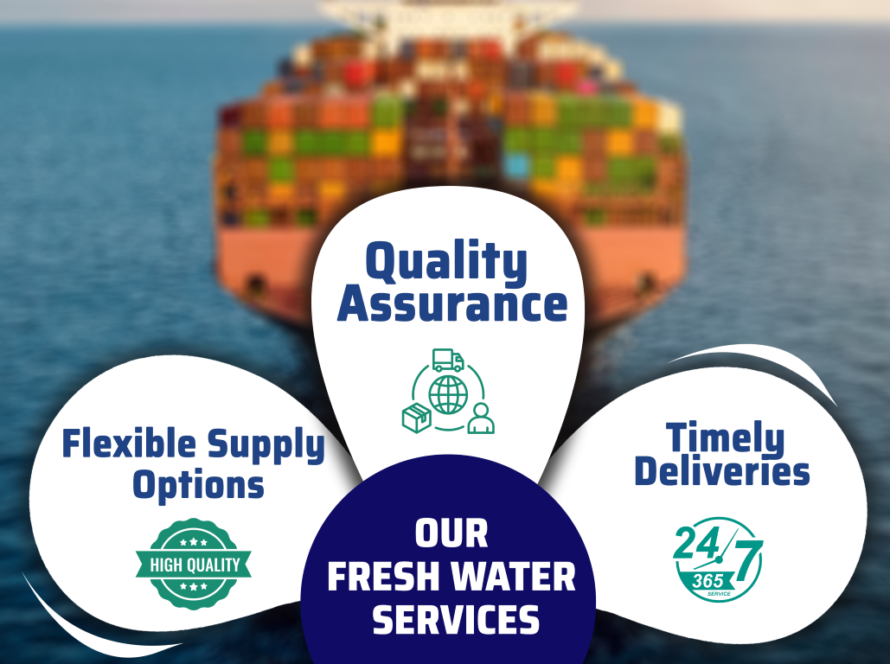“The Evolution of the Global Shipping Industry: Challenges, Innovations, and Future Outlook”
 The shipping industry is a vital component of global trade and commerce, responsible for transporting around 90% of the world’s goods by sea. It is often referred to as the backbone of international trade, enabling the movement of large volumes of raw materials, manufactured goods, and energy resources across vast distances.
The shipping industry is a vital component of global trade and commerce, responsible for transporting around 90% of the world’s goods by sea. It is often referred to as the backbone of international trade, enabling the movement of large volumes of raw materials, manufactured goods, and energy resources across vast distances.
Key Elements of the Global Shipping Industry:
Types of Ships: The industry utilizes a wide range of vessels, each specialized for specific cargo types:
- Container Ships: Carry cargo in standardized containers, facilitating easy transfer between ships, trucks, and trains.
- Bulk Carriers: Transport unpackaged bulk cargo like grains, coal, and ore.
- Tankers: Carry liquid cargo such as oil, chemicals, and liquefied natural gas (LNG).
- Ro-Ro Ships: Transport wheeled cargo like cars and trucks.
- Passenger Ships and Ferries: Move people rather than goods.
Major Shipping Routes:
- Asia-Europe Route: One of the busiest, with goods moving from manufacturing hubs in Asia to Europe.
- Trans-Pacific Route: Connects Asian exporters with North America.
- Suez and Panama Canals: Critical shortcuts that save ships weeks of travel time.
Ports and Terminals:
Major global ports, like Singapore, Shanghai, Rotterdam, and Los Angeles, serve as key hubs for cargo transfer and storage. Ports have evolved into complex logistics centers, with facilities for intermodal transport (using multiple forms of transportation) and sophisticated infrastructure.
Shipping Alliances: To optimize costs and efficiency, many shipping companies form alliances, sharing ships and routes. Major alliances include Ocean Alliance, 2M, and THE Alliance, which dominate the container shipping sector.
Environmental Impact: The shipping industry is a significant contributor to global CO2 emissions, accounting for approximately 2-3% of global emissions. Efforts are underway to reduce the environmental impact, such as the International Maritime Organization’s (IMO) 2020 sulfur cap, which limits sulfur emissions from ships, and ongoing research into cleaner fuels like hydrogen, ammonia, and LNG.
Technological Innovations:
- Autonomous Ships: Advances in AI and automation are pushing towards the development of unmanned vessels, potentially improving safety and efficiency.
- Smart Ports: Implementing IoT, data analytics, and AI in ports helps streamline operations, reduce congestion, and improve the efficiency of loading/unloading cargo.
- Blockchain: Used for improving transparency, reducing fraud, and ensuring security in logistics and supply chain management.
- Shipping Finance and Economics: Shipping is a capital-intensive industry with high exposure to market fluctuations. Global economic conditions, supply and demand for ships, oil prices, and geopolitical events can significantly impact shipping rates and profitability. The shipping industry often experiences cyclical booms and busts, heavily influenced by global trade volumes.
- Regulatory Framework: The industry is governed by international regulations and conventions, primarily under the authority of the International Maritime Organization (IMO). These regulations cover ship safety, environmental protection, and crew welfare. For instance, the Ballast Water Management Convention aims to prevent the spread of invasive species via ballast water discharge, and the Maritime Labour Convention focuses on the rights and working conditions of seafarers.
Challenges:
- Overcapacity: An ongoing issue in the shipping industry, particularly in the container sector, where too many ships chase too few cargoes, leading to lower freight rates.
- Piracy and Security: Maritime piracy remains a concern, particularly in high-risk areas like the Gulf of Aden and West Africa.
- Supply Chain Disruptions: The COVID-19 pandemic highlighted the vulnerability of global supply chains, leading to shipping delays, container shortages, and surging freight rates.
Future of Shipping
The future of the shipping industry will likely see more focus on sustainability and decarbonization. The IMO aims to reduce the sector’s greenhouse gas emissions by at least 50% by 2050. Additionally, digitalization and automation will play increasingly crucial roles in optimizing supply chains and improving operational efficiency across the industry.
“Comprehensive Ship Agency and Ship Chandler Services in Sri Lanka: Supporting Global Maritime Operations: Ocean Maritime Ceylon Private Limited / OMC”


